AO Edited
Long John Silver Figurehead Collection
The world's largest collection of ship figureheads includes figures from legends and history alike, from Sir Lancelot to Abraham Lincoln.
A gallery beneath the Cutty Sark is home to the Long John Silver Figurehead Collection, the world’s largest collection of the elaborate wooden carvings that decorate the bow of a ship.
“Long John Silver” was Sydney Cumbers (1875-1959). He lost sight in his left eye as a child in an accident with a toy gun, and took to wearing a distinctive eye patch (hence the nickname, a reference to the famous pirate from Robert Louis Stevenson’s Treasure Island). He was a successful businessman but had a passion for collecting maritime artifacts, building up a collection of maritime objects, including 101 figureheads. He donated this collection to the Cutty Sark in 1953 after the ship’s first restoration and opening to the public.
The figureheads in the Long John Silver Collection were crafted by professional figurehead carvers, who lived and worked by the docks. Made from hardwoods such as teak or oak, they were sometimes treated with resins to increase the figures’ resistance to water, rot, and wear. They were lovingly cared for by crewmates, who were typically very proud of the appearance of their ships and figureheads. The superstitions of seamen meant that the figurehead was very significant to those on board and they would go to great lengths to protect it.
The collection consists of a wide range of figureheads, mostly dating from the 19th century, originating from different types of merchant vessels. The fact that these are mercantile figureheads means that it’s often very difficult to trace their history and origin. The history of a ship and its figurehead may have been lost when ships were broken up or fell into disuse, or the names of ships (and their figureheads) might have changed when they got new owners. Sometimes they are the only surviving object from a particular ship.
A range of subjects was chosen for the figureheads of merchant vessels. In the very early days, the figures were usually large and fierce, often animals, to both protect the ship and scare away enemies. But from around the 18th century, they were often portraits of individual family members of the ship owner, or even of the owner himself. Alternatively, he may have chosen a historical figure or an influential individual from society at that time. Figureheads were often female but not exclusively so. A female may have been popular as the ship itself is always referred to as a ‘she’, and because women were often not allowed on board, the figurehead might represent the only female aboard the ship.
This collection includes varied characters from history, legend, and literature, such as a Roman soldier, Elizabeth Fry, William Wilberforce, Hiawatha, and Sir Lancelot. In a way, part of the collection is an exhibition, in wood, of the great in Victorian England, as we see figures of Disraeli, Gladstone, General Gordon, and Florence Nightingale, for example. But many are also unknown figures, often beautiful women, such as the blonde beauty from the Rising Sun. Many of the figureheads came from ships that have never been identified and were probably salvaged from wrecks.
Know Before You Go
The collection is housed beneath the Cutty Sark which is open daily 10 a.m. to 5 p.m. Nearest transport is Greenwich Station, Cutty Sark DLR or Greenwich Pier boat.

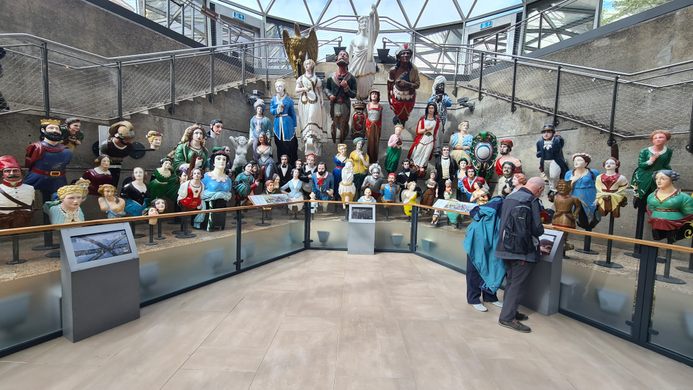
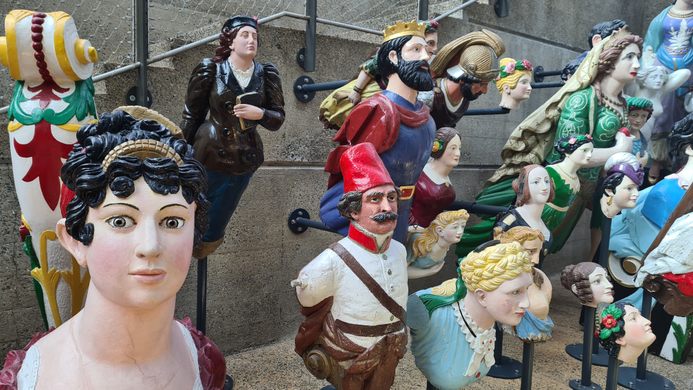
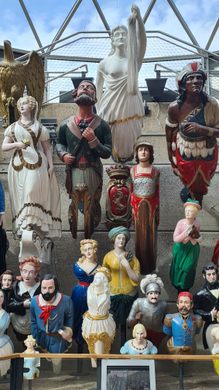
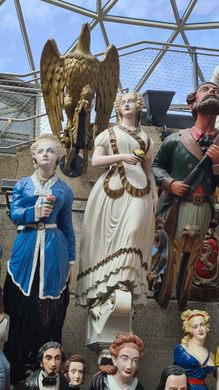
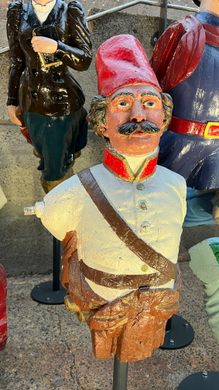

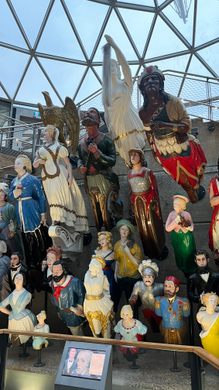





















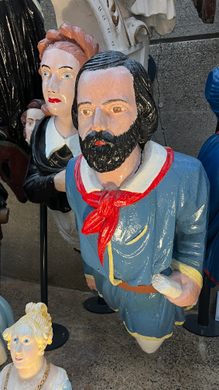
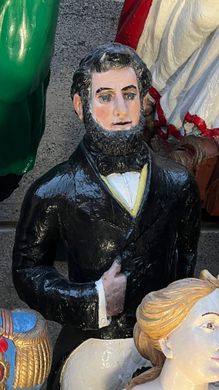







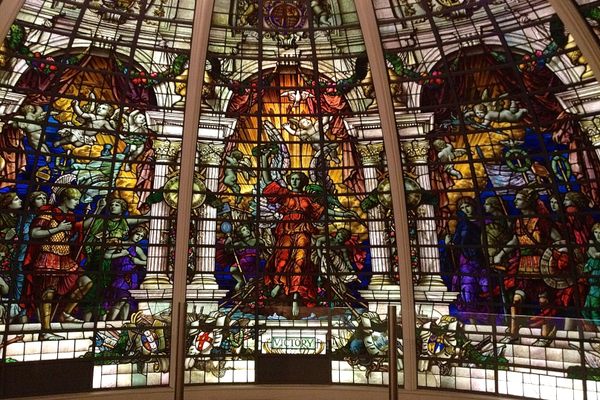

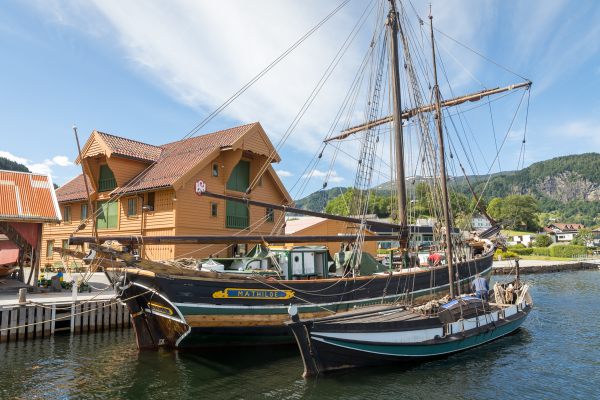



Follow us on Twitter to get the latest on the world's hidden wonders.
Like us on Facebook to get the latest on the world's hidden wonders.
Follow us on Twitter Like us on Facebook